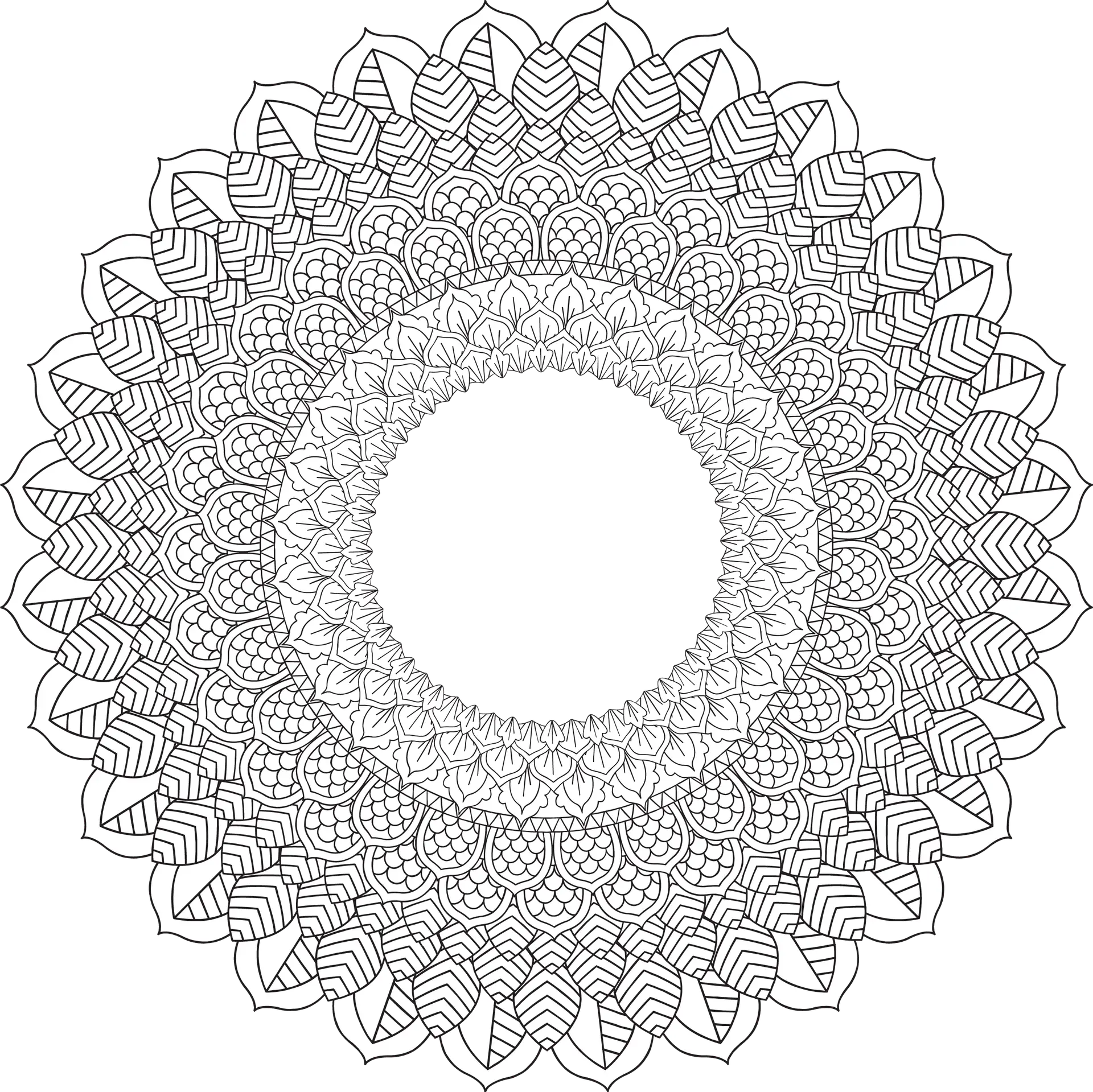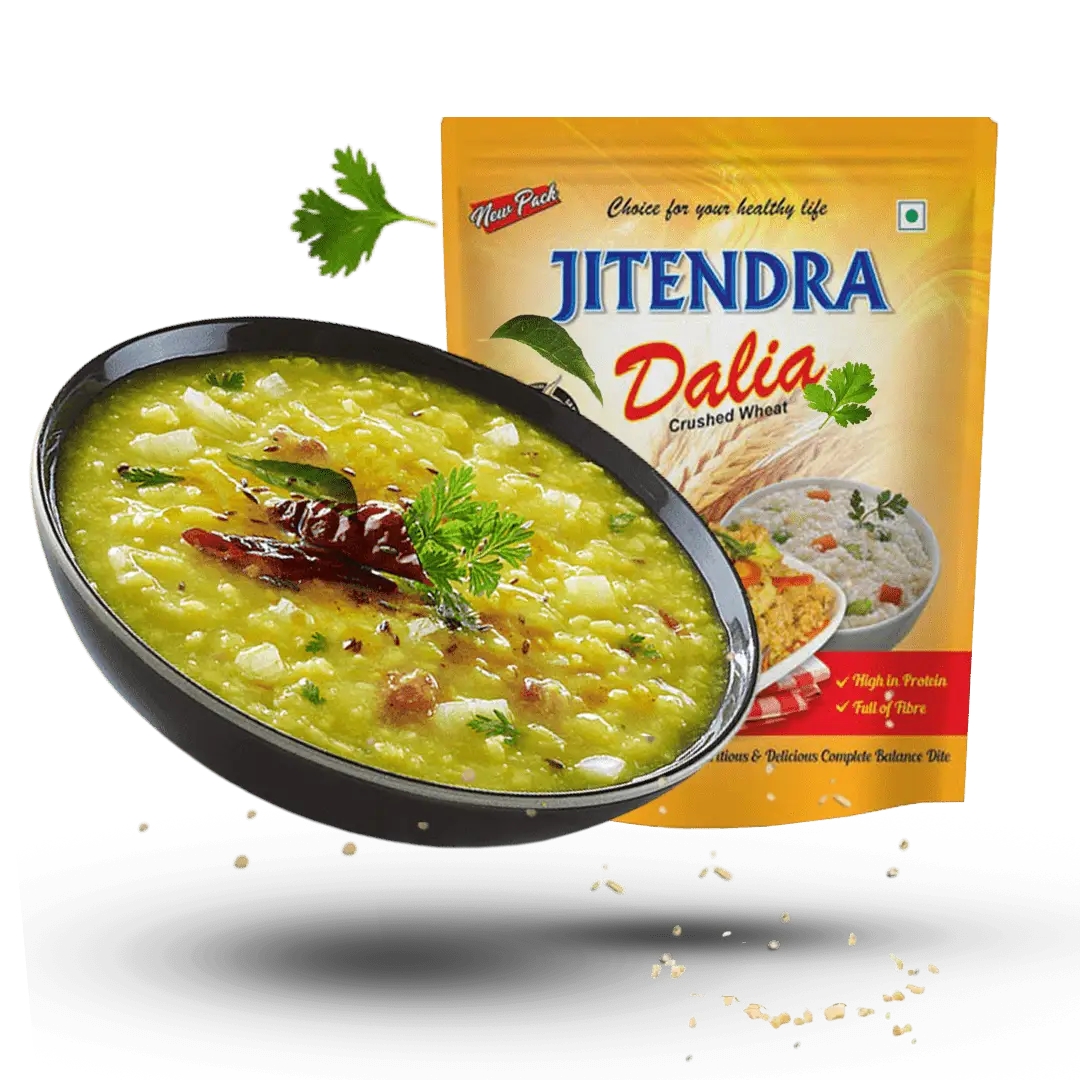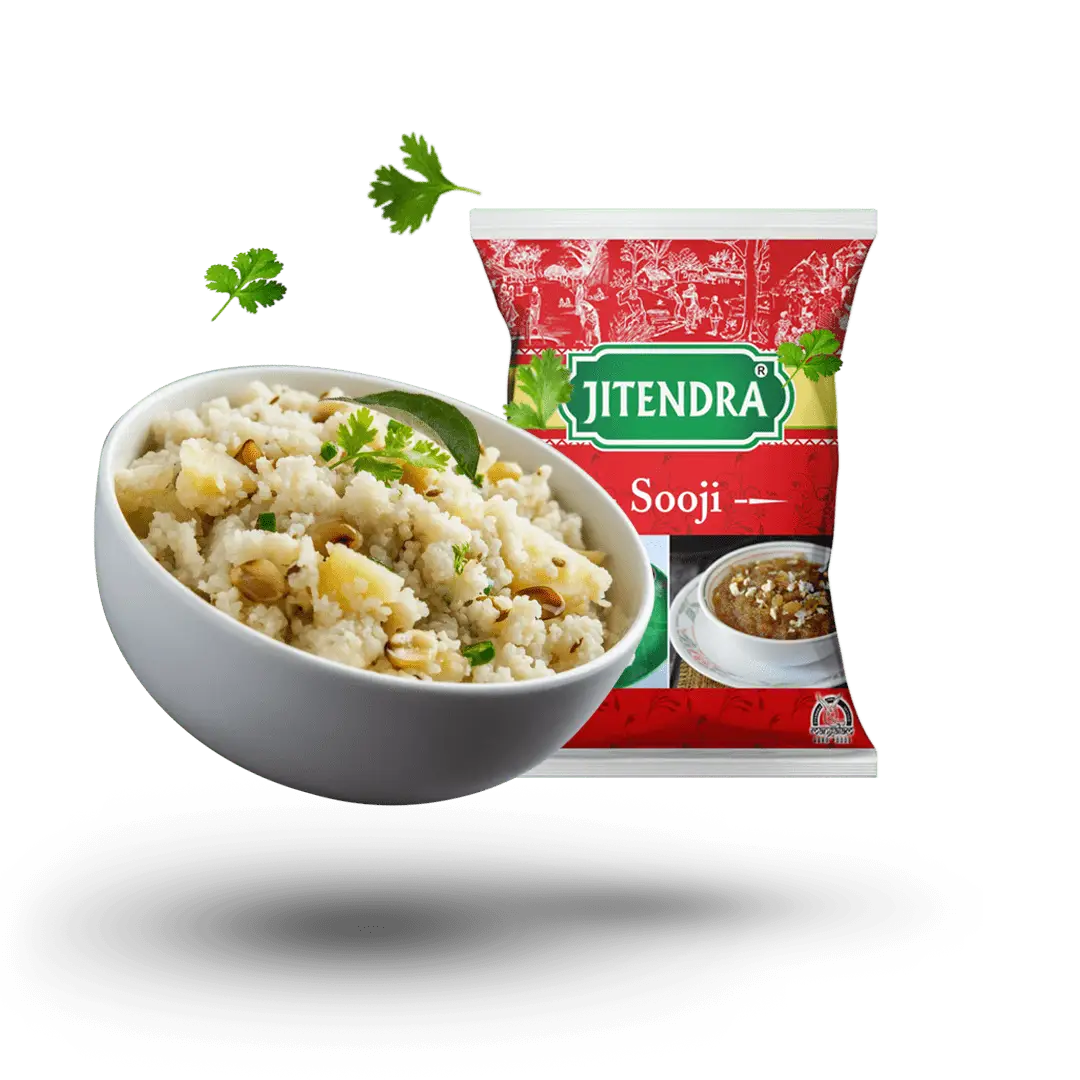Where we blend the beauty of nature with the art of cooking. We believe that natural ingredients hold the key to creating unforgettable dishes.
Litti is a whole wheat flour dough ball that is stuffed with an earthy, spiced mixture of sattu or roasted black chickpea or kala chana flour. Chokha, on the other hand, is a very basic mashed relish made of vegetables like brinjal (aubergine/eggplant), potato, tomato, etc.



Simple masalas and veggies combined with this healthy grain give you an awesome one-dish meal dalia vegetable khichdi that tastes great with just curds. You can make it any day, for any meal!

Aloo means “potato” and paratha means “flatbread” in Hindi, so the name is quite telling: aloo paratha is an unleavened whole wheat flatbread stuffed with a savory, spiced, mashed potato filling.



Upma is a flavorful, tasty, savory and popular South Indian breakfast that is made with cream of wheat or semolina flour (called rava or suji), a few lentils, nuts, vegetables, herbs and spices.

This light and nutritious breakfast dish is made by mixing beaten rice with spices, curry leaves and seasonings. In addition to this, onions, potatoes or both onions and potatoes can also be added. You can say that the Poha recipe is a ridiculously easy one.


Where we blend the beauty of nature with the art of cooking. We believe that natural ingredients hold the key to creating unforgettable dishes.
This light and nutritious breakfast dish is made by mixing beaten rice with spices, curry leaves and seasonings. In addition to this, onions, potatoes or both onions and potatoes can also be added. You can say that the Poha recipe is a ridiculously easy one.
This light and nutritious breakfast dish is made by mixing beaten rice with spices, curry leaves and seasonings. In addition to this, onions, potatoes or both onions and potatoes can also be added. You can say that the Poha recipe is a ridiculously easy one.
These are a few methods through which you can cook Litti at home:
1. In a mixing bowl, take 2 cups (240 grams) whole wheat flour (atta), ¼ teaspoon salt and 1 tablespoon ghee or oil.
2. Add water in parts and begin to knead. I added ¾ cup water. Depending on the quality of flour, you can add ¾ to 1 cup water.
3. Knead to a smooth and soft dough. Cover the dough and set aside the dough to rest.
1. In a mortar-pestle, take ½ teaspoon cumin seeds (jeera) and ½ teaspoon fennel seeds (saunf). Lightly crush and keep aside.
2. Take 1 cup roasted gram flour or roasted black chickpea flour (sattu) in a mixing bowl or pan.
3. Add the crushed cumin seeds and fennel seeds.
4. Now, add ½ teaspoon carom seeds (ajwain), ½ teaspoon nigella seeds (kalonji) and ½ teaspoon red chili powder.
5. Next, add 1 to 2 teaspoons chopped green chilies, 1 teaspoon finely chopped ginger and 1 teaspoon finely chopped garlic.
6. Add 2 tablespoons chopped coriander leaves, ¼ teaspoon black salt and regular salt as per taste.
7. Add 2 teaspoons lemon juice.
8. Next, add 2 teaspoons mustard oil.
9. Mix very well.
10. Sprinkle 1 to 2 tablespoons water all over and mix the flour with water evenly. Add more water, if required.
The stuffing mixture should not be too dry or too wet. If the mixture is dry, then the dryness is felt while eating Littis.
11. After the dough has rested for 30 minutes, make small or medium sized balls from the dough.
12. First method – sprinkling little flour, roll each dough ball to a circle of about 5 to 6 inches.
13. Place 2 to 3 tablespoons of the stuffing in the center.
14. Pleat and join the edges.
15. Press the joined part and lightly roll the stuffed dough balls in your palms, so as to get a round shape. Keep aside.
16. Second method – flatten the dough ball with your palms and make a shallow cup.
17. Now, place the stuffing.
18. Gently bring together the outer dough cover in the center, while pressing the stuffing. Join and seal the edges.
This is a bit tricky. So, use the method which suits you. I have mentioned 2 ways of stuffing.
19. Here is the prepared litti with the second method. Keep the prepared Littis under a cotton towel or napkin, so that the dough does not dry out.
20. Place the prepared Littis on a baking tray, which has been greased with some oil. Grease baking tray well, otherwise the Littis can stick to the tray.
21. Place the tray in the preheated oven at 200° C/390° F. Preheat the oven at 200° C/390° F for 20 minutes, prior to baking.
22. After 10 to 15 minutes, remove the tray and flip each Litti. Keep the tray back in the oven.
23. Again after 10 to 15 minutes, remove the tray and flip each Litti. Place the tray back in the oven. You will have to do this once or twice more, for even baking.
24. Bake for a total of about 30 to 35 minutes till the crust looks done with some light brown or golden brown spots on them.
Timing will vary upon the size and capacity of the oven. It took me about 40 minutes.
25. Brush them all over with some melted ghee.
26. This step is optional and only to get charred spots on the Litti. Secure it in a pair of tongs and place on fire. Rotate for a few seconds till you see some charred spots on it.
Serve the Bihari style Litti with a chokha of your choice accompanied with a small bowl of melted ghee.
1 cup yellow moong dal (split yellow gram)
3/4 cup broken wheat (dalia)
2 tsp olive oil
1 small stick cinnamon (dalchini)
3 cloves (laung / lavang)
1 tsp cumin seeds (jeera)
1/2 tsp asafoetida (hing)
3/4 cups chopped onions
1/2 cup finely chopped capsicum
3/4 cups green peas
3/4 cups cauliflower florets
1 tsp ginger-green chilli paste
1/2 tsp black peppercorns (kalimirch)
1/2 tsp turmeric powder (haldi)
1 tsp chilli powder
Salt to taste.
1. First, boil or steam 4 medium-sized potatoes in a pressure cooker, steamer or electric cooker. Add enough water in a 2-litre pressure cooker or pan to just barely cover the potatoes.
2. If you haven’t done so yet, peel and chop the warm potatoes. Then mash the potatoes with a potato masher. If you don’t have a potato masher, use a box grater to grate them and then mash the potatoes with a fork.
3. The potatoes should be mashed very well, with no lumps, chunks or bits. Any lumps in the mix will cause the stuffing to leak out of the dough when rolling.
4. Now add the following ingredients, feeling free to vary the spices as you like.
5. With a spoon, thoroughly mix the ground spices and green chilies into the mashed potatoes to get an even mixture. Set the prepared aloo stuffing aside.
Do check the taste of the spiced mashed potato stuffing, adjusting the salt, red chilli powder, or dry mango powder if needed.
6. In a separate bowl, add 2 cups whole wheat flour (atta). Make a well in the center. Add ½ teaspoon salt (or to taste), 1 tablespoon oil or ghee, and roughly ⅓ to ½ cup water.
Note: Be sure to add the water in portions as you go on mixing and kneading the dough. Do not all of the water at once.
7. Bring the mixture together and knead into a smooth, soft dough for 8 to 10 minutes. Add more water if needed. Cover and keep the dough aside, letting it rest for 20 to 30 minutes.
8. Pinch off a medium ball of dough. Roll it between your palms and lightly flatten it. Dust with some flour and roll to a circle about 5 to 5.5 inches diameter.
Place the potato stuffing in the center, keeping about 2 to 2.5 inches of space from the sides.
9. Take the edge and start pleating, joining the pleats in the center.
10. When all of the pleats are joined together, it should look like a Chinese dumpling. Be sure to pinch the pleats together very well so the filling doesn’t leak out while rolling.
11. Press the joined top portion slightly downward to flatten it a bit.
12. Sprinkle some flour and roll this version of stuffed paratha to about the same size as that of a chapati or roti. If some of the filling comes out, then just take a small piece of dough and cover the gap.
Roll, trying to create the same thickness throughout, as you would a pie dough. Avoid keeping the edges thick.
13. On a hot tawa (skillet or griddle), place the rolled paratha. The tawa should be quite hot; cooking parathas at a low flame will harden them. Ideally, the finished parathas are crisp as well as soft.
14. When the base is partly cooked, flip the paratha using a spatula. You will see some air pockets on this side.
15. Spread some ghee or a neutral flavored oil (e.g. sunflower) on the partly cooked part.
16. Flip again and you will see nice golden blisters on the second side. To clarify, the side which has been spread with ghee will be on the bottom.
This side has to be cooked more than the previous side.
17. Spread some ghee on the second side facing you. A well-made and well-roasted alu paratha will always puff up when roasting.
If your family is ready to eat NOW, you can also serve the aloo ka paratha directly from the tawa (skillet) to the serving plate. Serve some extra butter on the side, along with Mango Pickle, Lemon Pickle, Dal Makhani or some fresh curd (yogurt).
1. Prep the ingredients first to make upma recipe. Take 1 cup rava (fine variety) and set it aside. Next gather the aromatics, lentils, nuts, spices and herbs ready.
2. Heat a pan or kadai first. Add 1 cup rava or cream of wheat (fine variety).
3. Begin to roast the rava. Stir often while roasting the rava.
4. The rava or sooji grains should become fragrant and start to look dry, separate and crisp. Don’t brown the rava.
5. Once the rava becomes fragrant and starts to look dry and crisp, switch off the flame and put the roasted rava on a plate and set aside.
6. In a pan, heat 2 tablespoons ghee (clarified butter) or oil. You could use sunflower oil or peanut oil or safflower oil or any neutral tasting oil.
7. Lower the heat. Add 1 teaspoon mustard seeds. When you hear the crackling sound of mustard seeds, it means they are getting fried.
8. Now add the following ingredients:
9. Stirring often fry until the chana dal and urad dal begin to brown a bit.
10. Immediately add 10 to 12 cashews and begin to fry on a low to medium-low heat.
11. By the time the cashews get golden the dals should also be golden.
12. Now add the ⅓ cup of finely chopped onions.
13. Sauté the onions until they soften and become translucent on a low to medium-low heat.
14. Then add 1 teaspoon chopped green chillies, 1 teaspoon chopped ginger and 8 to 10 curry leaves.
You can also add 1 dried red chilli (halved and with seeds removed) at this step.
15. Mix well and sauté for a few seconds.
16. Then add 2.5 cups water to this mixture.
17. Add salt as required. Mix well and check the taste of water. It should be a bit salty but not too much.
In case if the salt becomes less in the dish, you can always sprinkle some salt from the top when eating.
18. Then add 1 teaspoon sugar.
Sugar is optional and you can skip it. We prefer a slight sweet taste in the upma and hence we add it.
19. Stir again. On a medium to high flame, heat the water and let it come to a rolling boiling.
Roll, trying to create the same thickness throughout, as you would a pie dough. Avoid keeping the edges thick.
20. When the water comes to a rolling boil, lower the flame to its lowest. Then add the rava in 4 to 5 batches with a spoon.
21. Once you add the first batch of rava, stir and mix immediately so that the roasted rava gets mixed evenly with the water.
22. Then add the next batch of rava. Mix and stir again very well ensuring that the batch of rava is mixed evenly in water.
23. Continue to add and stir the rava up to the last batch.
24. Quickly stir and mix very well. The rava grains will absorb water, swell and get cooked.
25. Cover and allow the rava upma to steam for 2 to 3 minutes on a low heat.
26. Then turn off the heat. In the below photo, the rava is cooked well and the suji ka upma is ready.
27. Lastly add about 2 tablespoons chopped coriander leaves (cilantro). You can add more coriander leaves if you like.
28. Mix again.
Serve upma hot or warm with slices of lemon or a side of lemon pickle or coconut chutney.
1. Pick 1.5 cups thick or medium-thick poha first. Rinse them in clean running water in a strainer or colander twice or thrice.
Rinsing in fresh clean water softens them as they absorb water.
Make sure not to overdo the rinsing. This will make them mushy and pasty.
2. Sprinkle ¼ teaspoon turmeric powder, 1 teaspoon sugar (or as required), and salt according to taste on the rinsed poha flakes.
3. Gently mix with your hands or with a spoon.
4. Dry roast 2 tablespoons peanuts in a heavy pan on medium-low heat until they become crunchy. Stir often for even cooking of the peanuts.
The peanuts should be roasted well and must not have any rawness in them. Roast till they become crunchy and have a few blisters on their skins.
Once they have roasted well enough, remove them from the pan and set aside in a plate.
Tip: If you like, you can also opt to pan-fry the peanuts in 1 tablespoon of oil.
Note: If you have a nut allergy or do not like peanuts, simply choose to omit adding them. As a variation, you can also add cashews if you prefer.
5. Peel 1 medium to large size potato and chop into small cubes. In the same heavy kadai or pan, heat 2 to 2.5 tablespoons oil. Sauté the potatoes in medium hot oil.
Make sure to cut them in small cubes or else they will take more time to cook.
6. Sauté them until lightly golden and crisp. Stir them often while sautéing. Ensure that the potatoes are cooked soft and tender. They should not be undercooked.
7. Once the potatoes become light golden and crisp, remove them with a slotted spoon draining the extra oil. Keep aside with the roasted peanuts.
8. In the same kadai, there will be some oil left. Add ½ teaspoon mustard seeds to the hot oil. If there is no oil, add 1 tablespoon oil and heat it gently.
9. When the mustard seeds splutter, add ½ teaspoon cumin seeds.
10. When the cumin seeds splutter, add ⅓ cup finely chopped onions. Sauté the onions until they soften and become translucent.
11. Now, add 8 to 9 curry leaves (medium to large size), 1 teaspoon of chopped green chilies, and the roasted peanuts. Mix well on low heat.
12. Add the poha.
13. Mix gently with the rest of the ingredients.
14. Add the potatoes and mix very well. Cover the pan tightly with a lid and steam the poha for about 2 minutes on low heat. Remove the lid and check the taste. If required, add more salt and sugar.
Tip: When you add the potatoes, if the poha flakes look dry to you, sprinkle about 1 to 2 tablespoons of water all over. Stir to mix gently and cover the pan with a lid and steam for 2 to 3 minutes on low heat.
15. Garnish with 2 to 3 tablespoons chopped coriander leaves and 2 to 3 tablespoons grated fresh coconut (optional).
16. Mix gently.
17. Serve Batata Kanda Poha hot or warm with lemon wedges. The lemon juice has to be squeezed on poha before eating it.